Frame overo Thoroughbreds are rare and to date are found in only three bloodlines. Most of them end up in sporthorse breeding programs, but a few have raced. The 1991 bay frame overo Tri Chrome made two starts, getting a win and a third, before being kicked in the paddock before a race and having to be euthantized. He was by Blue Ghazi, who also sired Blue Eyed Streaker, another frame overo born in 1993. Blue Eyed Streaker made 25 starts but was not successful on the track, earning under $1,400. He found better success as a sire of coloured Thoroughbred sport horses.
Modern Society, bred in Great Britain, raced twice at age two in 2012 in England. This bay overo is by an unraced American frame overo stallion named I Was Framed, who is by another unraced overo named Racey Remarque (who died young in a paddock accident) and out of the sabino/overo American mare Dance Spot. Dance Spot made 28 starts, more than any other overo Thoroughbred. She had a record of 2-6-3 and earned just over $47,000. The only other overo Thoroughbred to race in Britain as of 2012 is Join the Dots, a 2007 gelding by I Was Framed. He failed to win in two starts.
Ellusive Quest, one of the most colourful of the pinto Thoroughbreds to race, only made two starts, making $970. He is a full brother to the ill-fated Racey Remarque mentioned above. Ellusive Quest has had a couple of his offspring reach the racetrack but, like the other overo Thoroughbreds, they made little impact except amongst the spectators. His frame overo son Ellusive Spell, born in 2006, caused a sensation at Assiniboia Downs in Winnipeg, Manitoba, Canada, becoming an immediate fan favourite for his dark bay and white pinto coat. The blue-eyed beauty was the first overo Thoroughbred to race in Canada, but he failed to finish in the money in two starts.
There are always exceptions. Candy Spots, an oddly-marked chestnut overo foaled in the USA in 1960, won 12 of his 22 starts, including the Preakness Stakes. He was also second in the Belmont Stakes. He had modest success as a sire of runners. Naevus, a minimally marked overo born in 1980, won twice in eight starts and was first (but placed second), second and third in three graded stakes. Many of his foals were unraced and used as sport horses instead, but some did quite well on the track. However, his best son, millionaire King Glorious, was a solid dark bay with no visible white.


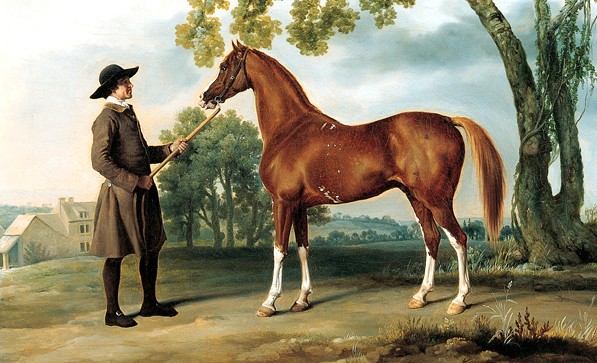
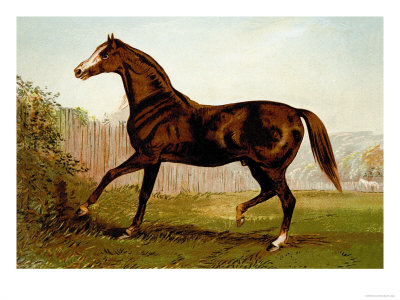
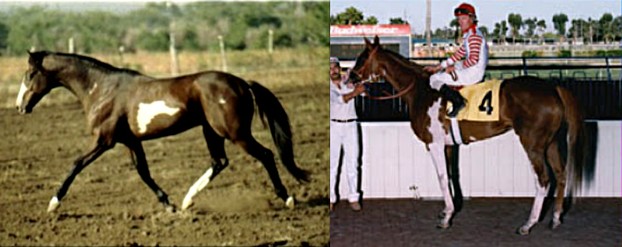
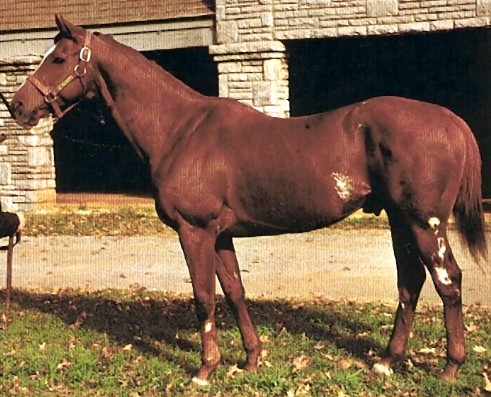
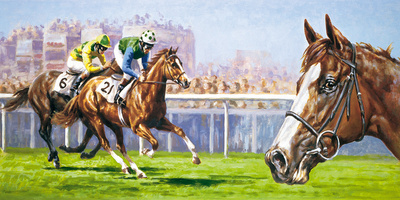





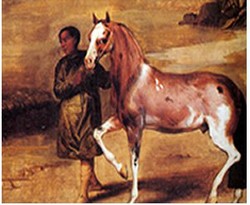

 Versatile Nova Scotia Duck Tolling Retrieverson 08/02/2014
Versatile Nova Scotia Duck Tolling Retrieverson 08/02/2014
 Should You Spay or Neuter Your Puppy?on 08/12/2014
Should You Spay or Neuter Your Puppy?on 08/12/2014
 Horse Racing History: the Preakness Stakeson 05/15/2014
Horse Racing History: the Preakness Stakeson 05/15/2014
 Dinosaurs Will Be On Display in Trenton, Ontario, Canadaon 07/29/2013
Dinosaurs Will Be On Display in Trenton, Ontario, Canadaon 07/29/2013

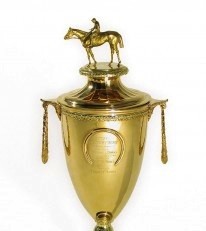
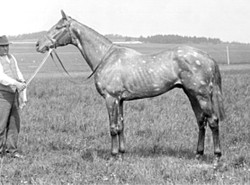
Comments
Dominant White (DW) has since been renamed White Spotting. It initially appears as a mutation, but after that it will be passed on. There are several different mutations that cause this colour, with at least six present in Thoroughbreds.